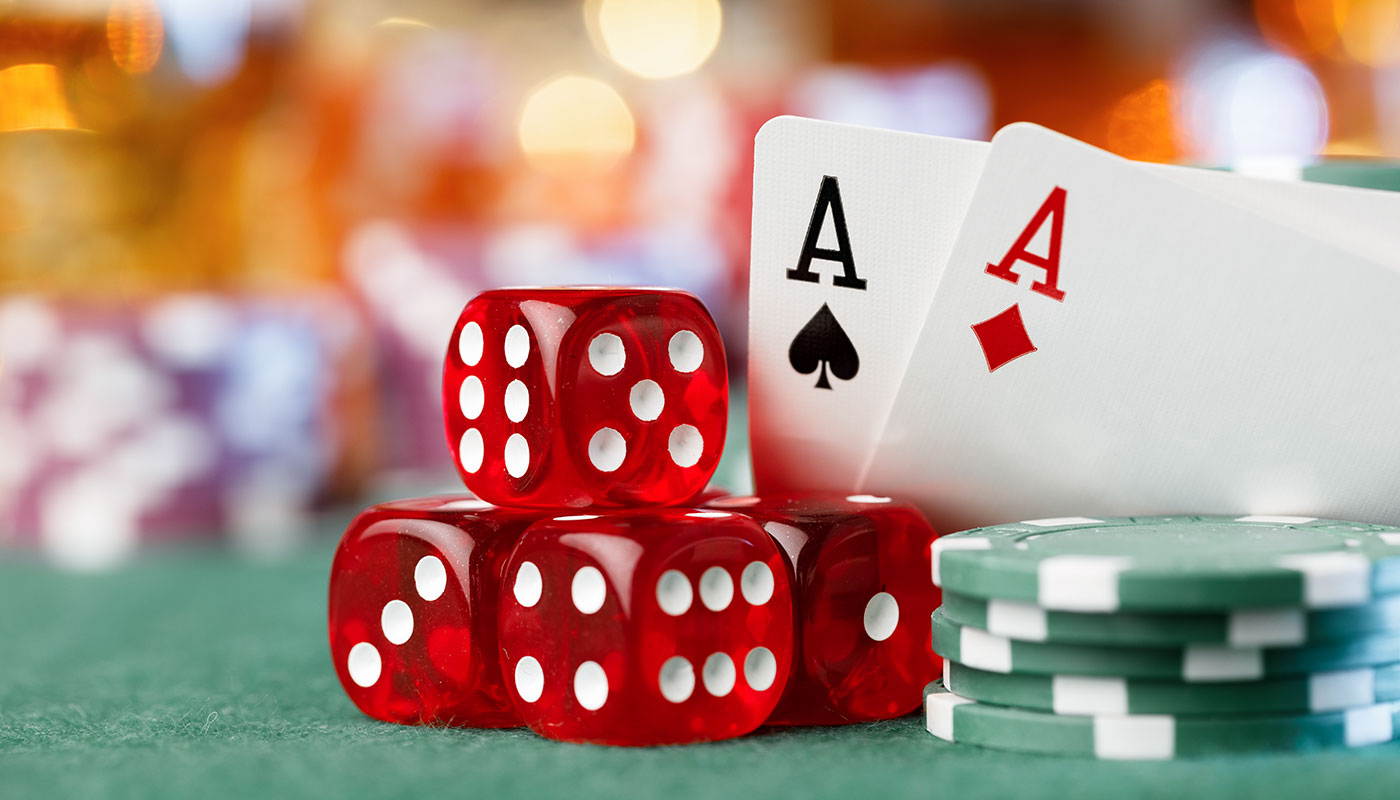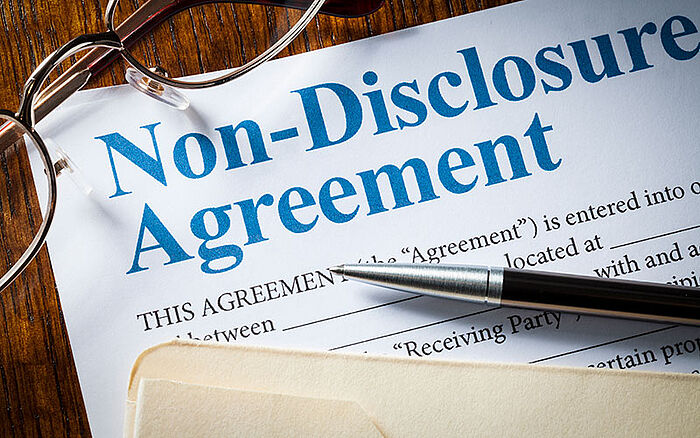
Playing your cards right: trade secret or patent?
In most cases, the proper Intellectual Property (IP) protection for an invention is a patent. But there are times when you might want to consider a trade secret instead. Ultimately, the choice comes down to whether you need to show your hand or keep your innovations close to your chest.
Many factors must be taken into account when determining how to protect a new technology you have developed: from the invention's licensing potential to the pace of development and level of competition in the industry. Thoroughly understanding the relative strengths and weaknesses of trade secrets and patents is necessary before choosing one or the other to safeguard your IP.
What is the difference?
Trade secret
A trade secret is a piece of confidential information regarding a product, service or commercial process that is known only to a limited number of people. Oftentimes, it is kept secret through a binding civil contract such as a non-disclosure agreement (NDA) or other confidentiality agreement. To be considered a trade secret, not only must the owner take reasonable steps to maintain the information's confidentiality to a limited number of people, but it must also derive commercial value from the fact that it is not known to the public.
The most "famous" trade secret is almost certainly the formula for Coca-Cola, first devised by Atlanta-based pharmacist John Pemberton more than 130 years ago. His original "temperance drink," created during a brief period of prohibition in Georgia, boasted of "the valuable tonic and nerve stimulant properties of the coca plant and cola nuts." Pemberton and his son sold the patent for the tonic in 1888 to fellow druggist Asa Griggs Chandler, who tweaked the recipe together with Frank Robinson. In response to mounting controversy, however, the formula was again modified to substitute coca leaf extract for cocaine in the first years of the 20th century. Many competitors have offered similar soft drinks since, as most of Coca-Cola's ingredients are publicly disclosed, but the exact recipe is still a very closely guarded secret.
Perhaps the oldest trade secret is the recipe for Chartreuse. The herbal liqueur has been commercially produced by Carthusian monks in the Chartreuse mountains of France since 1737, based on a 1605 formula. Other notable examples include the formula for WD-40 lubricating oil, The New York Times bestseller list's criteria and the Big Mac sauce recipe from McDonald's.

The New York Times has been producing bestseller lists since October 12, 1931. The specific methodology behind the ranking has never been publicly disclosed, allowing the newspaper to maintain a competitive advantage over other publishers.
Patent
A patent, by contrast, is a legal right to exclude others from exploiting an invention for a period of time — be it a machine, manufactured object, technological method or industrial process. These grants are issued by a national or regional authority and recognize the patentee as the legal owner of the IP in question. An invention must also meet certain criteria to be accepted by a patent examiner. In all jurisdictions, these requirements include novelty, industrial applicability and non-obviousness (also known as an inventive step). Jurisdictions vary on standards regarding what subject matter is eligible for a patent, for instance, under what circumstances software may be patented.
As part of the patent application process, the invention is fully disclosed by means of an abstract, description, claims regarding its functions and drawings illustrating those operations. This record of the subject matter is then archived by the patent office and made publicly available through its database — usually 18 months after filing. International databases such as PATENTSCOPE, overseen by the World Intellectual Property Organization (WIPO), also contain patent details and may be accessed publicly as well as via private patent search engines.
This publicity is one of the key differences between patents and trade secrets. The latter would lose some — or all — of their value if they were publicized and could no longer be defined as trade secrets.
Is patent protection stronger than a trade secret?
Since a government or intergovernmental office awards patent protection, it is regulated by the law of the pertinent jurisdiction and enforced accordingly. Under the relevant legislation, patent owners have clearly defined rights to take legal action against those who infringe on their patents.
Trade secrets, meanwhile, are not issued nor overseen by IP offices. They often do not have the same level of protection as a sui generis IP right. That being the case, specific laws do exist offering protection for trade secrets, for example, the Uniform Trade Secrets Act and the Defend Trade Secrets Act in the United States and the EU's Trade Secrets Directive. However, the ways in which these laws are interpreted and applied can differ widely: In the United States, state laws can conflict with their federal counterparts, with the former usually taking precedence. Whereas in the EU, one court might think "reasonable steps" were taken by a trade secret owner to protect their information (as required by the Directive), while another might consider those efforts insufficient. Although more and more trade secret protection is being awarded by various courts nowadays, there is still some uncertainty surrounding the burden of proof for meeting requirements and the calculation of damages.
The world's major economic jurisdictions, including the United States, EU, Japan, China, United Kingdom and India, have laws forbidding practices that represent unfair competition. The misappropriation (or otherwise unethical acquisition) of trade secrets may be cited as an act that violates the standards of fair competition. Nevertheless, any lawsuit filed for accessing or disseminating a trade secret without authorization still bears juridical risks in virtually any court.

The steps necessary to protect a trade secret vary depending on the type of information. For example, physically keeping documents locked away may be adequate in some cases, while more sensitive data may need to be stored in a highly secured location; both, of course, with limited access only.
In a nutshell, there is a much more sharply defined path to legal relief for a patent owner when their rights are infringed upon than there is for the owner of a trade secret. The strongest case would be if the secret were well defined and subject to an NDA or other similarly binding contract when it was leaked or otherwise disclosed. Exposing a trade secret in this way would be grounds for a breach of agreement suit. Criminal charges could also be filed if hacking or unlawful entry was involved in obtaining secured information. That said, this does not happen particularly often and can still be hard to prove in court.
When does trade secret protection make sense?
There are certain situations when trade secret protection is worth pursuing. The first and most obvious is when an inventor or organization simply does not want to make any public disclosure of a product's components, ingredients or design. A patent filing would not be viable in this case because the application would eventually be published while its examination was pending. This leaves trade secrecy as the ideal route. As the aforementioned examples of Coca-Cola, Chartreuse and Big Mac sauce illustrate, food recipes lend themselves well to trade secrets.
Inventors or organizations may also want to consider trade secret protection if they believe the costs of filing, gaining and maintaining a patent are not justified for a particular creation. This can be particularly common in segments of industry where products have short market life cycles, for instance, in mobile app development.
It is worth noting here that contracts requiring the confidentiality or non-disclosure of trade secrets can last indefinitely as long as they are upheld by all involved parties. Conversely, patent protection inevitably ends — typically after a maximum of 20-25 years, assuming steady renewal payments and any applicable extensions. That said, the term limitations, or lack thereof, for NDAs or confidentiality agreements can vary from nation to nation or even state to state. Therefore, it is essential for IP professionals to be aware of even the most minor distinctions between relevant IP laws in the jurisdictions where they or their clients do business.

Confidentiality agreements or similar legally binding documents should clarify what information is to be considered confidential, how long confidentiality has to be maintained even after the dissolution of the agreement and may even introduce additional legal or monetary consequences for breaching the terms of the contract.
Key considerations for protecting an invention
The following matters should be considered when choosing the best protection strategy for a particular invention:
Patent eligibility
Can the invention be patented under the laws of the relevant jurisdictions? Pursuing patent protection would be fruitless if the subject matter does not meet all the appropriate criteria.
Risk of misappropriation
How likely is it that the product in question would be counterfeited? Would publicizing it via a patent application decrease or increase this risk? Also, is the industry competitive enough that trade secret misappropriation is something that more unscrupulous players might be willing to attempt? How feasible would it be to prove any violation, for instance, in the case of an industrial process?
Ease of duplication or reverse engineering
How easy would it be to replicate the invention, either entirely or substantially enough for counterfeit to be a significant concern?
Also, can the invention easily be reverse-engineered? Reverse engineering does not violate trade secret protection unless information used in the process was wrongfully obtained. This undertaking also does not usually infringe upon patent rights unless the reverse engineer then attempts to file a patent application for one or more elements of a currently valid patent.
Chances of obsolescence
Will the invention become obsolete in a short span of time? For example, the product life cycle of software and apps is often five years or less. In such cases, a patent may not be worth the trouble — even in jurisdictions where software patents are attainable.
Market value
Both trade secrets and patents can be immensely lucrative if they are licensed to third parties. However, the disclosure of the trade secret in a license contract bears higher risks. Organizations must consider all of the above factors to decide what would ultimately be most beneficial to their bottom line.
The Dennemeyer Group provides a full range of IP protection and management services to clients around the world. Reach out to our experts to develop and implement your trade secret and patent protection strategies.
Filed in

Following our last article in the series, we discuss the relevance of CDAs, their essential components and situations in which they are used.

Trade secrets are vital business assets in today's commercial world. Here are 10 practices that can help keep them safe and secure.



